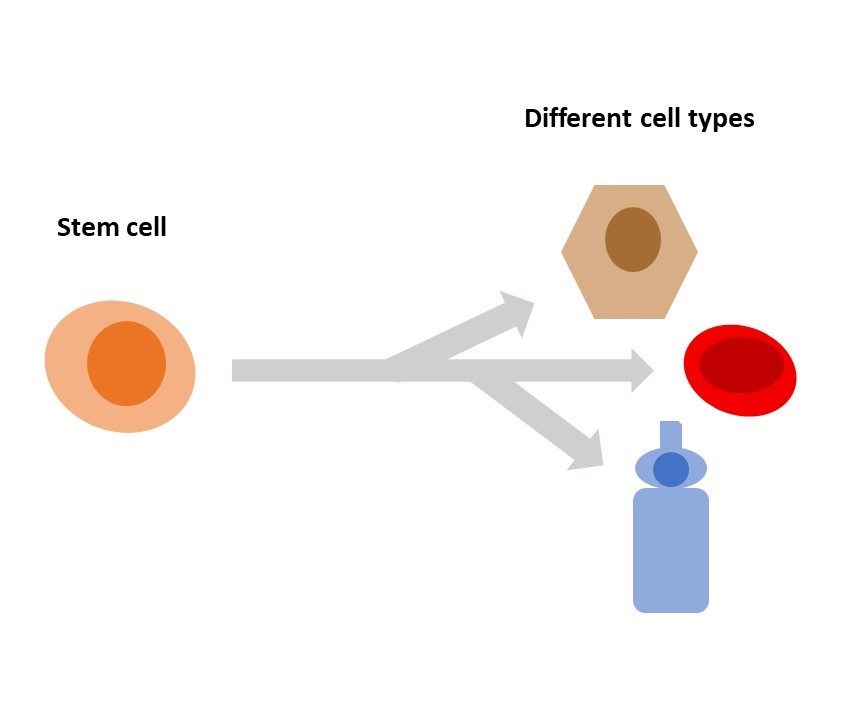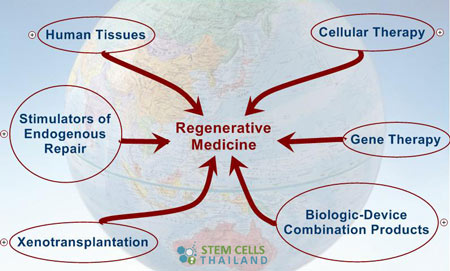Table of Contents

[/image][=video]
[/video]
There are numerous types of stem cells. Generally, the term stem cell describes a category of cells that generate other cells (like skin, blood, heart, and muscular tissue cells) by reproducing and setting apart in reaction to chemical hints. Totipotent stem cells show up at the earliest phase of growth and are the only stem cells which can create embryonic stem cells and the placenta.
Bone marrow transplant (BMT) is a special treatment for people with certain cancers or various other illness. A bone marrow transplant includes taking cells that are normally discovered in the bone marrow (stem cells), filtering system those cells, and providing back either to the benefactor (person) or to an additional person. The goal of BMT is to transfuse healthy and balanced bone marrow cells into a person after his or her own unhealthy bone marrow has been dealt with to eliminate the unusual cells.
Bone marrow is the soft, squishy tissue located inside bones. It is where a lot of the body's blood cells create and are saved. The blood cells that make various other blood cells are called stem cells. One of the most primitive of the stem cells is called the pluripotent stem cell. This is various than other blood cells with respect to the complying with buildings: It has the ability to duplicate another cell the same to itself.
It is the stem cells that are needed in bone marrow transplant. The objective of a bone marrow transplant is to treat several diseases and sorts of cancer cells. When the doses of chemotherapy or radiation required to treat a cancer are so high that a person's bone marrow stem cells will be completely harmed or ruined by the therapy, a bone marrow transplant may be required.
Menopause Treatment
This procedure is often called rescue. Change bone marrow with genetically healthy and balanced working bone marrow to avoid even more damage from a genetic illness procedure (such as Hurler's disorder and adrenoleukodystrophy). The risks and benefits have to be considered in a complete discussion with your doctor and professionals in bone marrow transplants prior to the treatment.
There are various kinds of bone marrow transplants depending on who the donor is. The various sorts of BMT consist of the following: The donor is the client himself or herself. Stem cells are drawn from the patient either by bone marrow harvest or apheresis (a process of collecting outer blood stem cells), icy, and then returned to the individual after intensive therapy.
The donor shares the exact same genetic kind as the person. Stem cells are taken either by bone marrow harvest or apheresis from a genetically matched benefactor, usually a sibling or sibling. Various other donors for allogeneic bone marrow transplants may consist of the following: A haploid-identical suit is when the benefactor is a moms and dad and the hereditary suit is at least half identical to the recipient.

Matching includes inputting human leukocyte antigen (HLA) cells. The antigens externally of these unique leukocyte identify the genetic make-up of a person's body immune system. There go to least 100 HLA antigens; nevertheless, it is believed that there are a couple of significant antigens that determine whether a contributor and recipient match.
Medical study is still exploring the duty all antigens play in the process of a bone marrow transplant. The even more antigens that match, the much better the engraftment of given away marrow. Engraftment of the stem cells occurs when the donated cells make their method to the marrow and start making new blood cells.
Hormone Therapy servicing Marquette, Michigan
All people work with each other to offer the finest opportunity for a successful transplant. The team is composed of the following: Medical care carriers who specialize in oncology, hematology, immunology, and bone marrow hair transplant.
Specialists that will certainly assist you fulfill your dietary demands prior to and after the transplant. They will certainly work very closely with you and your family. Professionals that will certainly help you come to be solid and independent with movement and endurance after the transplantation. Chaplains who offer spiritual treatment and support. Numerous other staff member will certainly assess you before transplant and will provide follow-up treatment as required.

A complete clinical history and physical test are carried out, consisting of numerous examinations to examine the patient's blood and body organ functions (as an example, heart, kidney, liver, and lungs). A person will usually come into the transplant facility up to 10 days before transplant for hydration, assessment, positioning of the main venous line, and other prep work.
Blood items and medicines will certainly be offered through the catheter during treatment. For an allogeneic transplant, an ideal (tissue typed and matched) contributor has to be offered. Finding a matching contributor can be a tough and prolonged process, particularly if a brother or sister suit is not available. Volunteer marrow contributors are signed up in numerous national and global windows registries.
Donor sources available consist of: self, sibling, moms and dad or family member, nonrelated person, or umbilical cable from a relevant or nonrelated individual. There are national and global computer system registries for nonrelated people and cord blood.
Menopause Therapy around Marquette
Tests connected to his/her health, direct exposure to viruses, and genetic analysis will certainly be done to figure out the degree of the match. The donor will be provided instructions on how a bone marrow donation will certainly be made. When a match for a person requiring a bone marrow transplant is located, then stem cells will certainly be collected either by a bone marrow harvest.
Or by an outer blood stem cell collection. This is where stem cells are gathered from the flowing cells in the blood.
Navigation
Latest Posts
Stem Cell Therapy in Marquette, Michigan
Hormone Therapy around Marquette, Michigan
Menopause Therapy